When transitioning to a whole food, plant-based diet and lifestyle, there is one critical skill that must be mastered.
Menu planning!
This shouldn’t come as a surprise. All worthy endeavors require some planning. This is especially true when doing something new.
Without a well thought out menu, old food habits quickly surface.
Like ordering pizza or hitting the dreaded fast food drive-thru.
But if you have a menu, and the groceries for those meals are already in your fridge and pantry when it’s time to cook, it will be so much easier to stick with the plan and accomplish your health goals.
If menu planning has been a challenge, here are my top tips for making successful meal planning part of your new plant-based lifestyle.
Find the Time
Yes, making a well thought out menu requires some time. But it doesn’t have to take a lot of time. Menu planning can be done in just 5 minutes a day, or 30-40 minutes a week.
The key is to schedule the time in your day or week, and make it a priority. Once it becomes a habit, meal planning gets easier.
Check Your Calendar
Before planning any meals for the coming week, check your calendar.
Do you have appointments or activities on certain days that you need to take into consideration?
If you know in advance that you will have zero time to cook dinner on Wednesday evening, you may want to plan a meal earlier in the week that you can cook once and eat twice.
And if you are going to be out and about during the day, you can plan something easy to take along in a small food cooler or in your purse.
Survey the Fridge, Freezer and Pantry
Prior to creating the week’s meal plan, check the refrigerator, freezer and pantry to see what you already have on-hand.
Don’t rely on memory. If you’re anything like me, you have food you intended to make into a meal, but have totally forgotten about.
Half empty boxes of pasta and random leftover produce can be turned into a pasta salad or saucy pasta and veg dish.
Next, look for staples that need to be replenished. I keep canned beans (as backup for when I run out of home cooked beans in the freezer,) canned fire-roasted tomatoes, black olives, and jarred roasted red pepper in addition to the dried beans, rice, pasta, and other grains.
Check Your Grocery Store Sale Flyer
What’s on sale this week?
Cooking with seasonal, fresh produce is usually most cost effective. Frozen fruit and vegetables are also great choices.
I am fortunate to have several good grocery stores near my home, as well as local organic farms. I check their sale circulars, or go online, to see what is on sale.
When cucumbers go down to 3 for $1, I plan lots of fresh juices. When raw almonds, cashews or walnuts go on sale for $4.99/lb, I stock up for delicious snacks, dressings and cashew cheese.
Select Your Recipes
I use a variety of recipes from cookbooks, the internet, and my own Recipe Playbook.
If you like variety, selecting a couple of new recipes from a trusted plant-based site or a beautiful cookbook can keep meals fresh and interesting.
If you prefer to stick with tried and true recipes that you know your family will eat, pull some recipes from your Recipe Playbook.
Whether you prefer to try new things or stick with familiar dishes, strive for a wide variety of vegetables, grains, beans, fruits, nuts and seeds.
Depending on the season, I strive for ½-1 lb. fresh, raw vegetables a day. Mostly dark, leafy greens, carrots, bell pepper strips, and whatever is fun to much on. Usually this is a large salad. Other times it is crudités with hummus or a bean dip.
Vary your high-protein plant foods. We get a lot of our protein from beans, lentils, tofu, quinoa and Soy Curls™. I eat at least a cup of fiber rich high-protein foods a day. Keep those highly processed meat replacement alternatives to a minimum.
Mix up your starches and grains. I usually make only one pasta dish a week, one rice dish, one with quinoa or wheat berries.
As far as flavors go, we run the gamut of Italian, Mexican, Southwest, Indian and planticized American fare. But I have to say, we do eat a lot of Mexican and Southwest inspired meals.
Whole fruit is also a major part of our diet. I buy fresh and frozen berries and fruit. We put fresh berries in our yogurt and cereal. Frozen berries are great in smoothies and as sauce for pancakes. And we go through lots of bananas!
If you would like more information on this way of eating, download the free Whole Food, Plant-Based Diet & Lifestyle Action Guide.
What’s Missing?
Are there lunches or snacks that need planning?
This is where I often drop the ball. I get the dinners all planned out, then struggle to find things to send to school with my son or to work with my husband.
Often there are leftovers from the night before that they can take, but not always. So adding in a few lunch ideas can help everyone eat healthier during the day.
Planning some bean dips and whole fruit and veggie snacks can help you reach your fresh fruit and veggie goals (instead of raiding the chip bag or hitting the candy bar and junk food vending machine.)
Make Your List
You can use a paper list or an app on your phone – whatever you find easiest.
I use the Evernote app on my phone to create my menu and shopping list. Each week has its own menu. I just checked, and I have 128 Notes in my Dinner Menus Notebook. That’s over TWO YEARS of weekly menus!
This can be extremely helpful. Not only do I check the list items off while I shop, when I am lacking inspiration I can just look at menus from previous weeks and copy and paste some into my new week’s menu.
Go Shopping
I do the bulk of my shopping once a week, usually on Fridays after I pick up Brogan from school. I like to get the shopping done and out of the way so I can enjoy more free time on my weekend.
You may need to go to the store again mid-week, especially if you are eating a lot of produce and don’t have a lot of refrigerator space. But many weeks I get by with just one shopping trip.
When it is time to cook dinner, the ingredients are there and awaiting. So much easier than staring at pantry shelves, trying to conjure something up!
Planning a menu is the key to stress-free, whole food, plant-based meals.
With time and practice, it will become an integral part of your new, healthier lifestyle.

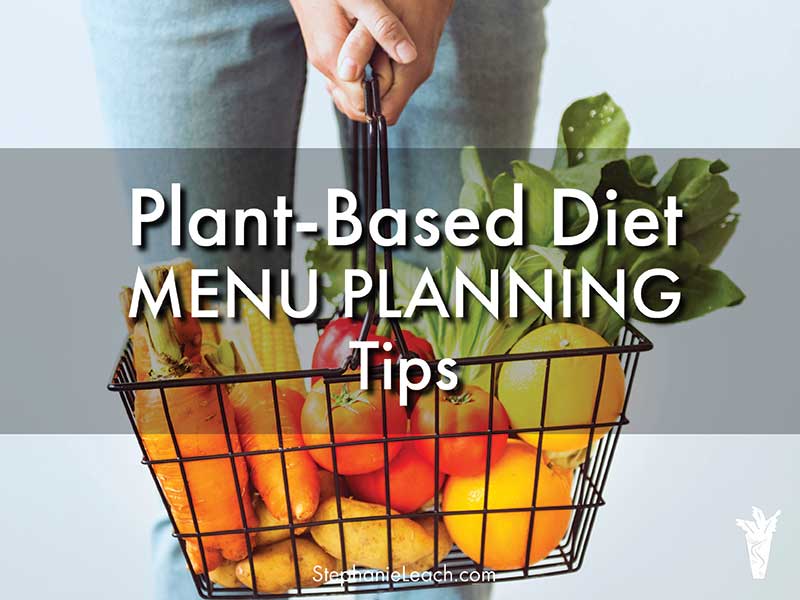


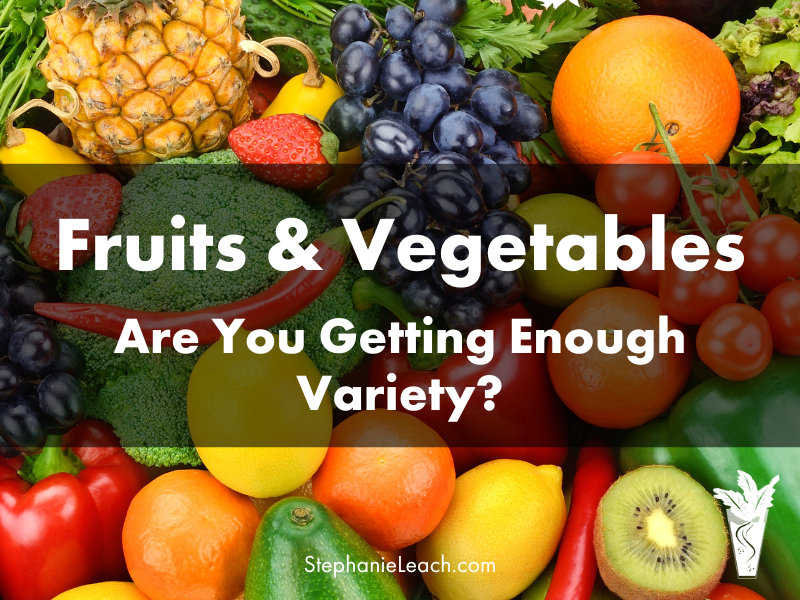
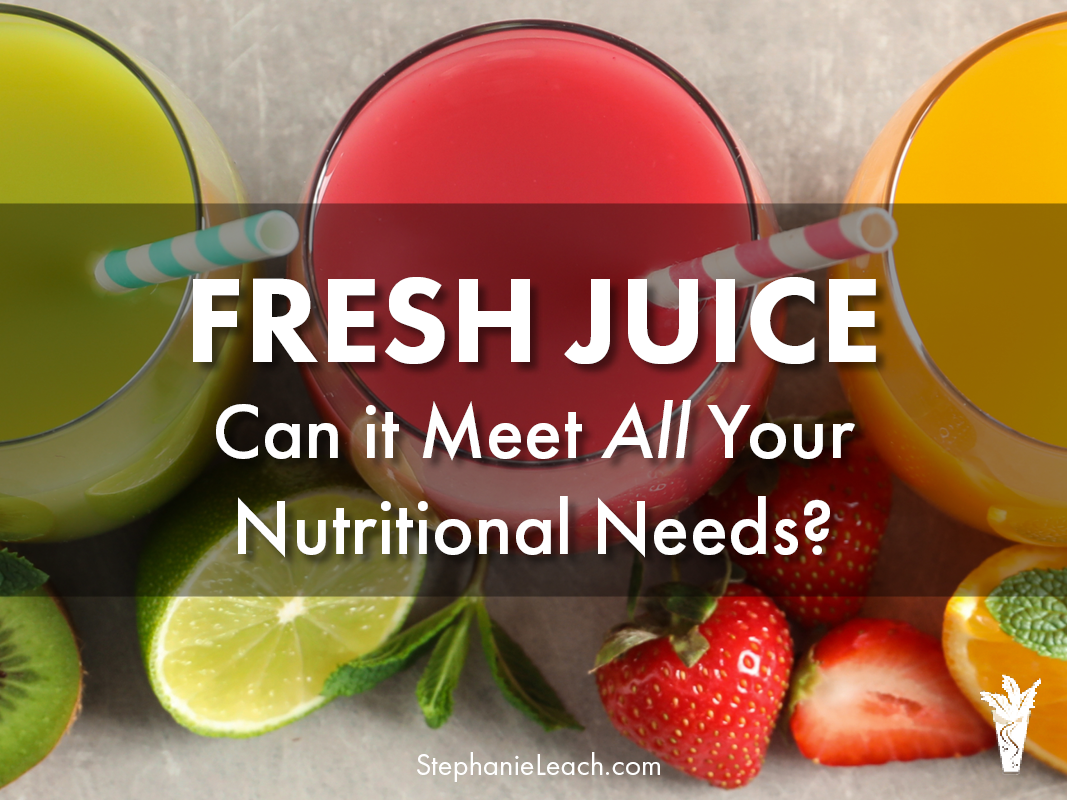
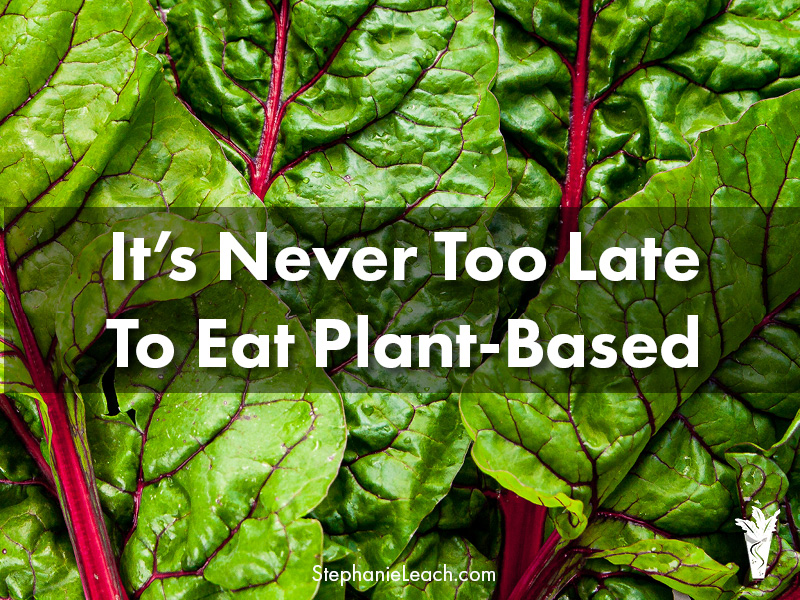
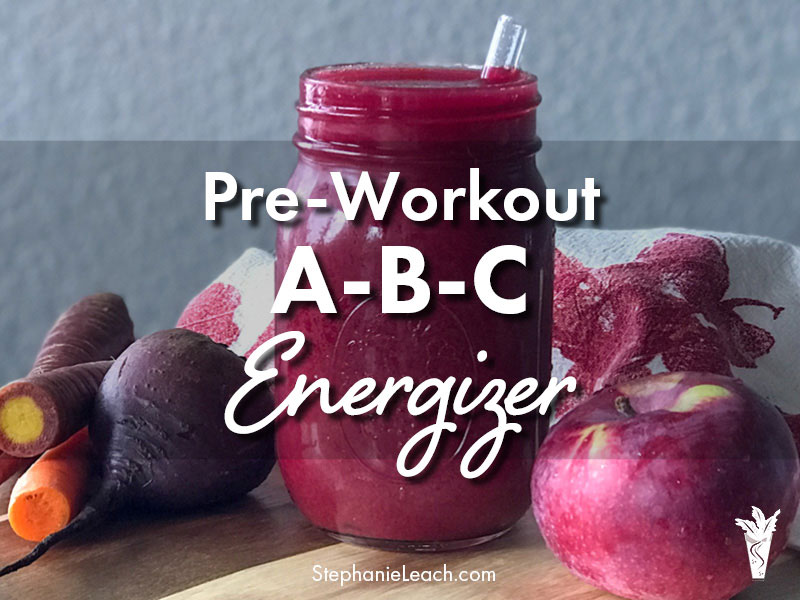

Leave A Comment